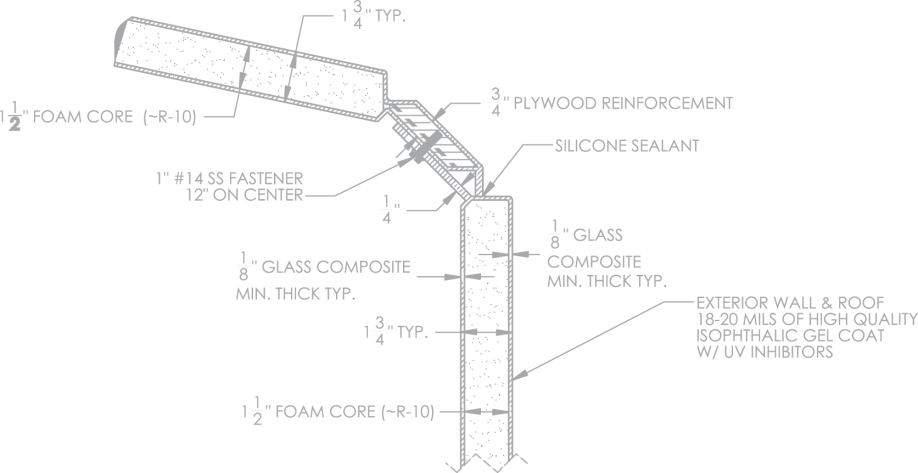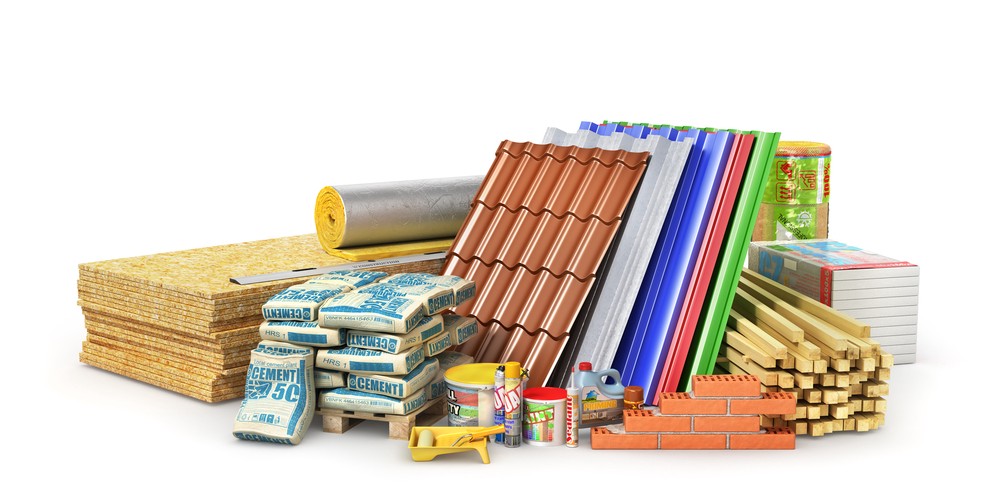Innovative Composites in Modern Structure Projects
Innovative Composites in Modern Structure Projects
Blog Article
Unlocking the Environmental Advantages of Recycled Composites in Building and Layout
In the realm of building and construction and design, the application of recycled composites holds considerable promise for improving sustainability techniques and reducing environmental influence (composites). By incorporating these ingenious products, there is a potential to attend to crucial problems such as waste minimization, energy preservation, and a decline in carbon footprint. The shift towards an extra lasting future in these industries depends upon opening the full capacity of recycled composites. This discussion will check out the complex benefits and obstacles related to integrating recycled composites right into building and style, supplying a peek into the transformative opportunities that exist in advance.

Ecological Effect Reduction
The reduction of ecological effect with the use of recycled composites in construction and design plays an essential role in lasting methods. By integrating recycled composites right into structure materials, the construction sector can dramatically reduce its carbon footprint and add to a much more environmentally friendly future. These lasting products, made from repurposed plastics, timber fibers, or other recycled components, use a practical alternative to typical building materials without compromising on high quality or toughness.
Recycled composites aid divert waste from land fills and minimize the need for drawing out basic materials, hence conserving natural deposits. In addition, the manufacturing procedure of these composites usually eats less power and releases fewer greenhouse gases contrasted to producing virgin products (composites). This shift in the direction of using recycled compounds not only lessens environmental damage yet likewise promotes a round economic climate by encouraging the reuse of products that would certainly otherwise be thrown out
Waste Minimization
With an emphasis on minimizing waste in building and construction and design, the assimilation of recycled compounds provides a lasting service to decrease environmental influence. Waste minimization is an essential aspect of sustainable methods, and the use of recycled composites provides a chance to achieve this goal successfully. By making use of materials that have already served their preliminary purpose, such as recycled plastics or redeemed timber fibers, the building and style markets can dramatically reduce the amount of waste created and sent to landfills.
Recycled composites have the prospective to divert considerable amounts of waste from standard disposal techniques, adding to an extra round economic situation where sources are made use of successfully. In addition, the production procedure of recycled compounds often consumes less energy and generates less exhausts contrasted to virgin products, additionally minimizing the environmental footprint of construction and design tasks.
Applying waste reduction methods with the consolidation of recycled compounds not only helps in conserving natural deposits however also promotes an extra lasting technique to structure and developing for a greener future.
Energy Conservation
Including recycled compounds not only minimizes waste in building and style but also plays an important role in enhancing power conservation practices within the industry. The usage of recycled compounds in construction can significantly add to energy conservation with various ways. The manufacturing of virgin materials commonly needs significant energy inputs, whereas making use of recycled composites takes in less energy, thus Recommended Reading minimizing overall power intake. In addition, including recycled composites can add to much better insulation properties in structures, lowering the demand for extreme heating or air conditioning, and as a result reducing power usage for climate control. The lightweight nature of numerous recycled compounds can lead to lighter frameworks, calling for less energy for transportation and installment. By advertising using recycled composites in construction and design, the market can make significant strides towards accomplishing power performance and decreasing its carbon footprint, eventually adding to an extra lasting built atmosphere.
Carbon Footprint Reduction
Enhancing sustainability techniques with the use of recycled composites in building and construction and layout significantly lowers the carbon impact of the market. By incorporating recycled products right into the production of compounds, the requirement for virgin sources decreases, bring about reduced power consumption and greenhouse gas exhausts connected with traditional production processes. This decrease in carbon impact is vital in combating climate adjustment and promoting a more eco-friendly method to construction and style.
The carbon impact reduction attained through the adoption of recycled composites lines up with the global press in the direction of sustainable practices and the reduction of commercial exhausts. Ultimately, by prioritizing the assimilation of recycled compounds, the industry official source can make considerable strides in reducing its carbon impact and adding to an extra sustainable future.
Sustainable Future
The integration of recycled compounds in building and construction and design not just addresses instant ecological worries but likewise lays a solid structure for a sustainable future in the sector. By integrating recycled compounds into structure materials and items, the construction and style sectors can dramatically minimize their dependence on virgin resources, bring about a much more round economic climate. This change towards sustainability is critical for alleviating the environmental effect of traditional building techniques, which frequently lead to high degrees of waste generation and resource exhaustion.

Final Thought
Finally, recycled compounds use considerable ecological benefits in building and design by reducing environmental influence, decreasing waste, preserving power, reducing carbon footprint, and promoting a lasting future. Welcoming using recycled composites can contribute to a more environmentally-friendly approach to structure and layout, eventually resulting in a more lasting and greener future for all.
The read this reduction of environmental influence via the use of recycled composites in building and construction and style plays a vital duty in sustainable practices.With an emphasis on lessening waste in construction and design, the assimilation of recycled composites offers a lasting service to decrease ecological effect. By advertising the use of recycled compounds in building and design, the market can make significant strides in the direction of accomplishing energy efficiency and lowering its carbon footprint, ultimately adding to a more sustainable constructed atmosphere.

Report this page